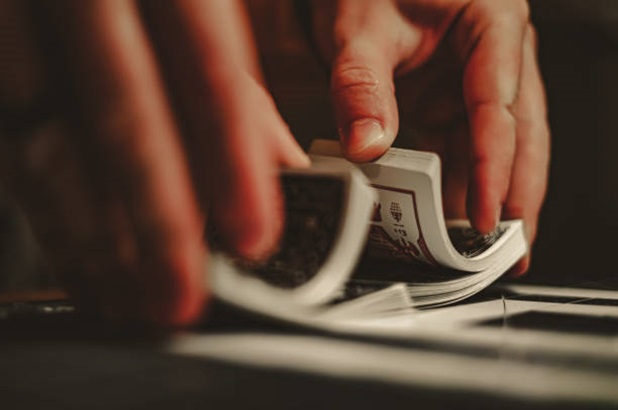Blackjack is one of the most famous casinos and card-playing casino games in the world. However, it is popular, not just for being a card-playing game but also for having several variants that help to keep the fire of the exciting nature and adventure of the game burning.
Blackjack Classic, just like the name implies, is the traditional version of Blackjack. And to get started, you must understand the rules, which are similar but different from several other variants.
Classic Blackjack comes with four decks that consist of 52 cards and allows a minimum to a maximum wager before you can be allowed to play. For online casinos, the chips for a wager are available in the range of $1, $5, $25, and $100 denomination, and once the ” Deal” button is tapped, the wager cannot be undone.
By the rules, you are also permitted to include an additional bet as the hand progresses, and in the event the player gets busted, he loses out on all his mandatory bets but gets to keep his optional bet.
Blackjack Classic is available in most physical and online casinos, and to play blackjack classic, you must understand the basics of Hit, Stay, Bust, Split, Push and Double down to get started. Let’s consider them all, starting with:
Hit: This means to draw an additional card from the pool of cards after the initial set of 2 dealt cards.
Stay: This is an obligatory right to refuse a hit if your cards are valued at 17 or above.
Bust: You getbusted when your card value goes above 21.
Split: In Classic Black, you get to play one hand at a time, but you can have a situation of multiple hands if you have a pair of the same card in one hand. The player will be allowed to treat each hand separately with an automatic bet of the initial wager placed on the new hand.
Push: A push occurs when the value of the card of the dealer and the hand is at 17 or above, and since they can both not draw additional cards. The game is a draw with no bust or blackjack and bet remaining on the table.
Double-down: After receiving your first set of dealt cards, you can double on your bet, after which you must draw one more additional card and stay.
Now that you know how to play, the next major step is to know how to get started. Blackjack classic, as available in most physical and online casinos, is a competition against the house. Both dealer and player are dealt two cards for a start; cards are usually reshuffled after every round of play.
The game‘s goal is that you have to get as close to 21 as possible but never exceed it. Players are required to stand at Cards 17 and above. Since they are excluded from drawing additional cards, the dealer will be forced to add more cards to his hand if the card’s value is below 16.
Every card assumes its face value. I.e., Card 2- 9. Except for cards with Kings, Queen images are given an arbitrary number of 10 to represent their value. Aces are also represented as 1 or 11. A soft hand will have Ace as 11, while a complex hand will have the value of Ace as 1.
A Soft or Hard hand is usually determined by when you get your Ace cards added to your hand of cards.
Table of Contents
ToggleSoft Hand
A soft hand is determined by receiving an Ace in your first set of cards before other ads by Hit. This scenario occurs where the first two cards are an ace and, say, a 7, implying a Soft 18.
Hard Hand
A hard hand is the opposite of a soft hand. That means a hand with no ace. When you have a Queen and a card with seven at face value, adding an ace to your cards will give you a Hard 18.
Conclusion
Most Rookies at the first start usually find Classic Blackjack easy on the first try; it is therefore expected that after following the guide to the end, you should have no fear of losing out when playing Blackjack. Moreover, the odds of winning are estimated to be the lowest among card casino games.
Also Read about: Trends of Online Gambling







